Affiliate links on Android Authority may earn us a commission. Learn more.
Google in control: Does Android need to be more like iOS?
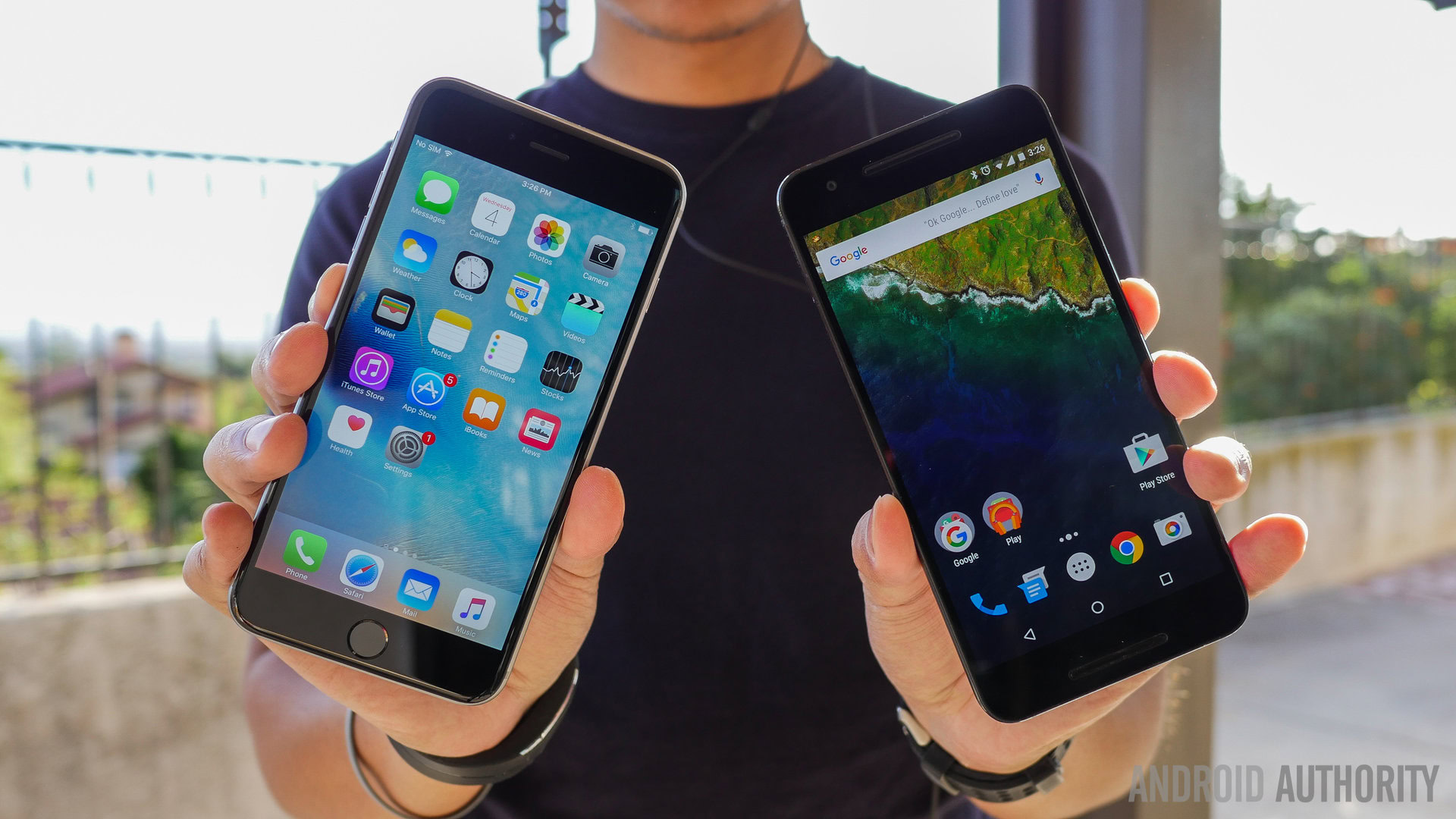
Word on the street is that Google is in talks with chip manufacturers in an effort to gain more control over the chip design process. Clearly the company is striving to patch up the fragmented Android ecosystem, but is this a step toward becoming more like Apple? And would such standardization be a good thing?
If Google succeeds in convincing microchip producers to start building their chips based on Google’s specs, this could bring a lot of uniformity to Android smartphones. On the one hand, this may make Android more competitive with iOS and make developing for the operating system simpler. On the other, the Android ecosystem stands to lose the very thing that originally defined it: diversity.
If Google succeeds in convincing microchip producers to start building their chips based on Google’s specs, this could bring a lot of uniformity to Android smartphones.
Google has quite a few hoops to jump through if they’re to succeed in this endeavor. For one, convincing chip manufacturers to produce chips not of the their own design is fraught with complications. If they’re unsuccessful on that front, there’s talk of Google going rogue and making their own phone entirely, but that’s a complex issue as well.
One thing is certain, and that is that the mobile market is viciously competitive and that profit margins tend to be fickle and razor thin. If Android is going to thrive in this ever-changing environment, will it need to become more like iOS? And what would that even look like?
Effects of iOSification
Apple has full control over every last physical detail that goes into making the product that their operating system runs on. I mean, they even designed their own core processor. Their devices are rigidly standardized – some even say stiflingly so.
However, with that standardization comes a high degree of efficiency and economic safety. Apple consistently makes massive profits year after year selling upgraded versions of the same device, and that means app developers for iOS don’t have to consider how their program will run on a vast array of different devices.
Google is in a completely different boat. The Android ecosystem is colorful and diverse, but a less pleasant way to say that is “fragmented.” Although Google has a lot of control over how Nexus devices come out, there is still no ‘standard’ Android device, and Google doesn’t have the liberty to dictate hardware specifications. They must ask.
Also, if you’re an app developer, developing on iOS means you only have to make sure that your app runs well on, like, five different iPhone and iPad models. If you’re an Android developer, your stupid little balloon popping game or whatever has to run smoothly on more than 24,000 different devices, and you better believe that your inbox is going to be destroyed by the thousands of bugs that users are experiencing on models you never took into consideration.
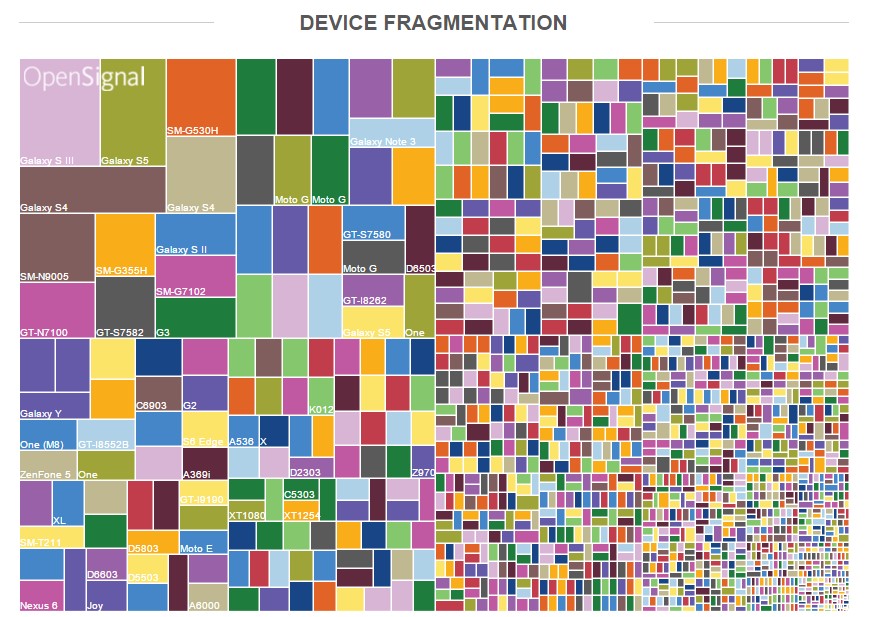
To be fair, Android has gone out of their way to make developing apps for the OS more streamlined. With improved development tools and Google-provided data, it’s easier for devs to strategize app development. But this is still a far cry from iOS dev work, and it remains one reason why a lot of apps release on iOS first and then eventually migrate over to Android.
What benefits might come from standardizing Android hardware? Faster updates, for one. iPhone updates roll out far quicker than Android updates, which can sometimes take months. Hell, I’m still waiting for Marshmallow to hit my phone and there are other devices that never even saw Lollipop or are still waiting. Keeping phones up to date is obviously a security concern as well, though Google has been making important moves there by introducing security updates to the mix. Another possible benefit is general speed and optimization. If Google has more control over the chip building process, it becomes easier to optimize the OS, allowing Android to run smoother even on devices with less cutting edge hardware.
What benefits might come from standardizing Android hardware? Faster updates, for one.
Having greater control would also allow Google to ensure that all Android phones are capable of the same kinds of hardware/software features. Apple’s absolute control over hardware specifications means the company will have no trouble integrating the latest technological innovations into their iPhones, but Google has less control over how this situation evolves, with its individual OEMs playing a greater role in deciding what tech they wish to include, and what they don’t. For example, the OnePlus 2 is famous (infamous?) for its decision to leave out NFC because they felt “their users didn’t need it”. What might have been good for OnePlus isn’t so great for Google, as the lack of NFC closes the door to Android Pay and many other NFC features that Google might want to offer Android users.
Going into 2017, phones are expected to have more advanced sensor hubs that take in a vast amount of information from their surroundings, and new detectors will make interacting with these devices a much more fluid experience. Software can’t pull this off; it’s a hardware issue. Fragmentation across Android means the best Google can do is plead with OEMs to build the designs they need to integrate the features that will keep Android competitive with iOS in the near future.
If Apple is able to offer hardware features that Android can’t guarantee due to fragmentation, it will be a hard hit to Android in the court of public opinion.
However, if hardware manufacturers bend to Google’s will and start making standardized components, then Android devices across the map will start looking and behaving much more similarly. This may take pressure off of app developers and accelerate update rollouts, but it will also make the Android ecosystem a lot more… samey. After all, one of the main points of the Android operating system was to offer users choice, right? It’s a backlash against the ivory monotony that befell the MP3 marketplace, which might as well have been called the iPod marketplace. An Android device is whatever you make it to be, and if Google moves toward iOSification, don’t we lose some of that?
What will an Android smartphone look like in 2017?
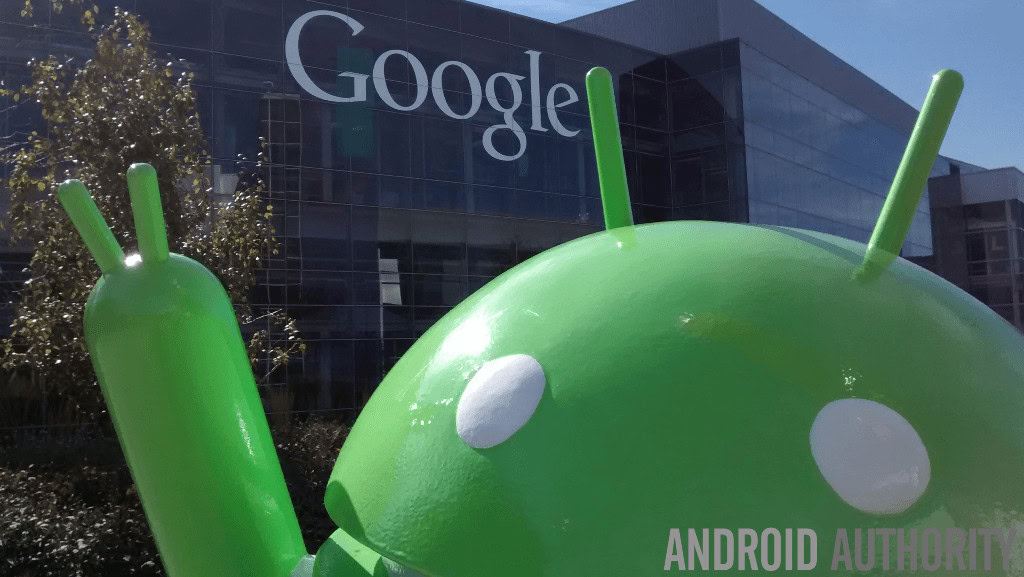
Maybe we have to chart this course by coming at it backwards. Let’s take a look at the potential future of Android devices and see what strategies Google will have to consider to get there.
In their talks with chip manufacturers, Google has reportedly expressed interest in nurturing camera components, sensors, and the main processor. If Google were to build their own ideal phone, a kind of showcase to demonstrate Android’s full capabilities with no compromises, what would such a device look like two years down the line? Where does Google want to take their products?
First of all, Google wants to kick up image processing capabilities so that the time between snapping photos is functionally zero. A top-of-the-line Android device in 2017 should be able to capture a “video-like stream” of photos that the device can then push to Google for comprehensive analysis. This would apply not only to smartphones, but to wearables that will act as a “third eye,” giving the user feedback and information about their surroundings whenever they need it. This will require adding memory to main processors so that they don’t have to rely on separate memory chips to accomplish this and other tasks. Google has the camera processing designs they want manufacturers to use to implement this technology, but chipmakers may be reluctant to license these for a variety of reasons (we’ll get to reluctant chipmakers in a second).
In their talks with chip manufacturers, Google has reportedly expressed interest in nurturing camera components, sensors, and the main processor.
Android devices are also expected to have support for a wider array of sensors in the next two years, including Tango, a component that Google is currently developing that can measure distance. These sensors will assist in virtual and augmented reality, and they’ll help collect more useful information about the phone’s surroundings.
What kind of useful information? Google wants these advanced sensor hubs to quietly collect data without waking up the device’s application processor. If some bit of information is important enough, the device will wake up and perform whatever function is necessary.

Consider the always-on microphone that a few Android devices use to respond to “OK Google” without having to be manually woken up. Just a few years ago, such a feature drastically drained battery life, but now the device doesn’t even bother the main processor unless it senses that key phrase. Another example can be found in phones that activate their ambient display when they’re picked up. Extrapolate these abilities out to a variety of sensors, and you have a lot of potential for the device to react organically to a number of situations.
To pull this off, Google simply must increase uniformity. Many Android devices don’t have that passive listening feature, for example. To really make the most of these upgrades, Google has to be able to lean on device makers to ensure smartphones to have the same key hardware.
You said something earlier about reluctant chipmunks or something?
Yeah. So, why don’t chipmakers just build what Google is asking of them? These aren’t new technologies, after all, the capabilities just have to be taken into consideration during chip manufacturing. Google is offering the designs, why not just make what they want? Ultimately, these chipmakers are looking out for themselves, and you can’t really blame them for that. Like I said, it’s a cutthroat market.
Consider the big names in chip manufacturing like MediaTek and Qualcomm. These guys don’t want to be Google’s errand boys. They want to be creating their own technology and licensing their own intellectual property, not cranking out chips designed by Google that are probably going to be exactly like those produced by anybody else that Google is partnering with.
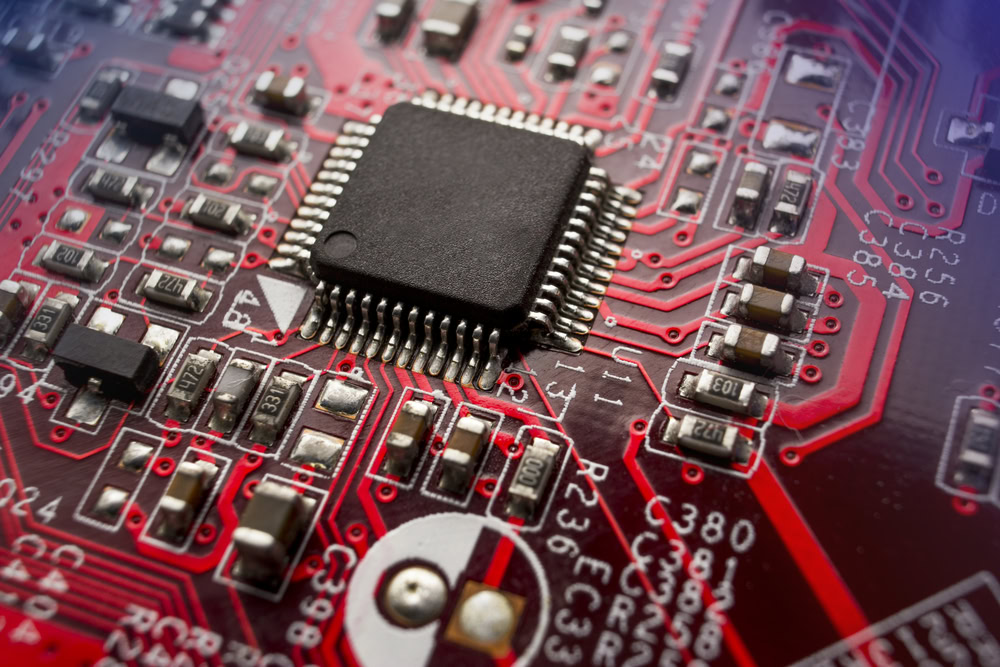
Nevertheless, the chip business is chaos right now. A lot of companies have been forced to cut back amid falling hardware prices, and competition is vicious. Google may find someone in the fray who is willing to take their deal in return for brand recognition.
However, you’ve still got the device manufacturers to think about. Even if chipmakers create Google-specific products, adding in these features jacks the price of chips up. If you’re an Android device manufacturer, and profit margins on these devices are extremely tight, then it’s hard to justify the cost of these high-dollar chips when you can get a whole batch of good-enough chips for a lower price.
So, is this even possible?
Maybe. One solution on the table, as I noted briefly earlier, is for Google to build their own phone. If Google is able to set a high bar, OEMs may follow suit. In fact, this may even be the only way any sort of standardization can move forward since experts in the industry are dubious that chipmakers will adhere to Google’s checklist of design specifications.
But hey, a Google-designed phone standard is not unprecedented. Google hand-crafted the Android One as a smartphone platform designed specifically for first-time users in developing nations. They had full control over the minimum hardware specifications and even ordered the parts themselves. They handled distribution, orchestrated software updates, the whole shebang.
How’d that go?
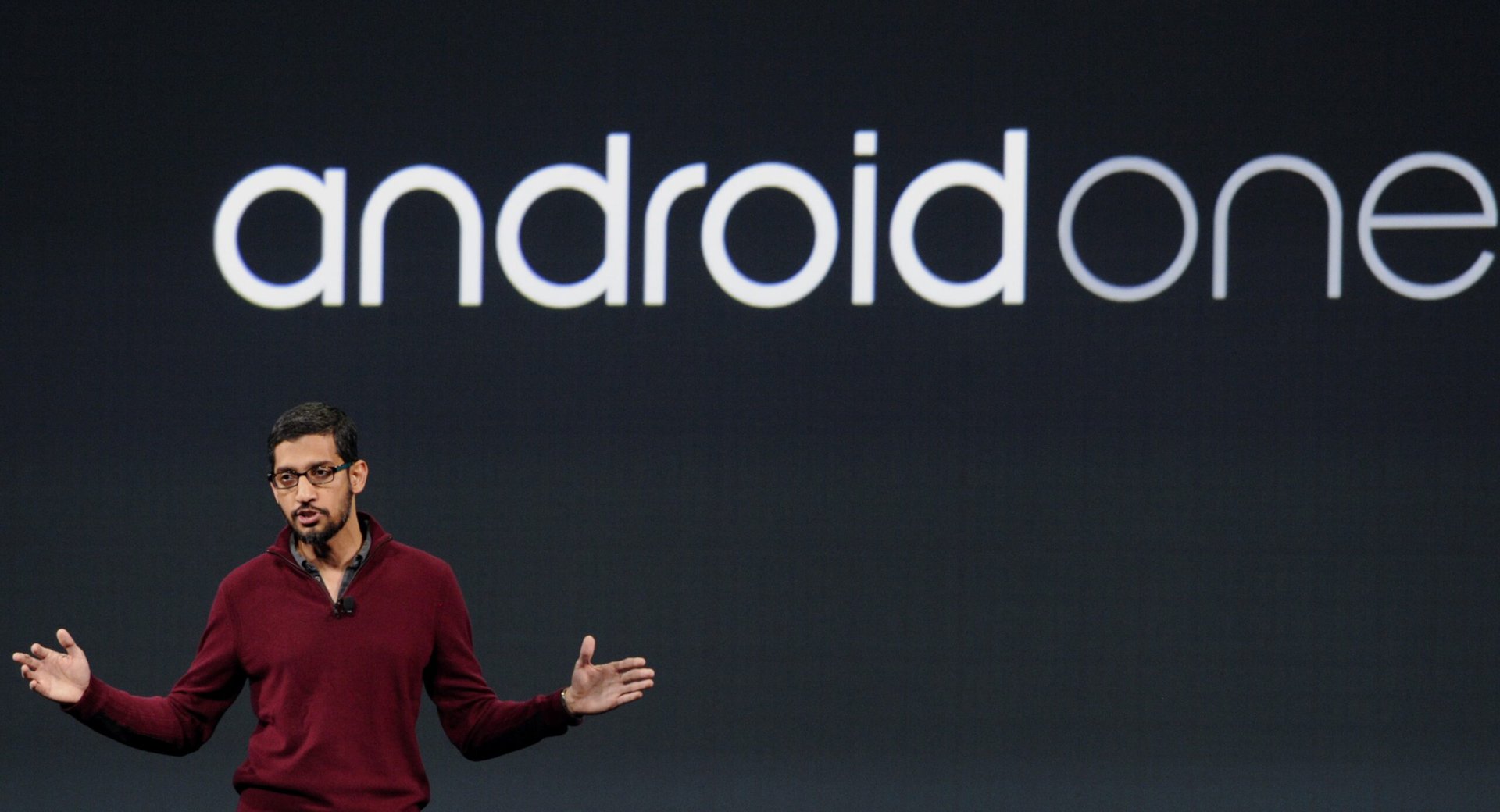
It turns out that the $100 devices just can’t hack it against $60 and $70 Android devices created by ZTE and other brands. Also, a lot of partners aren’t really thrilled about selling Android One phones since they were basically identical to any Android One phones being sold by their competitors. Marketing it is a nightmare because there’s no way for a specific model of Android One phone to distinguish itself.
Man, standardizing the ecosystem is hard.
Yep.
If Android aims to become more like iOS, at least when it comes to component/OS integration, then it’s got a long road ahead of it. It seems like the operating system needs some kind of hardware standardization if it’s going to move forward into an era in which smartphones are increasingly adept at anticipating our needs. If Google fails to standardize, the Android ecosystem risks becoming increasingly fragmented.
In practical terms, what we would see is a handful of elite devices living up to Android’s full potential, presiding over a peasant soup of mix-and-match hardware. All this while the iPhone marches on, unencumbered by the negative aura of a divided lower caste of devices. As far as first-world orwellian scenarios go, that one pretty much takes the cake. Nevertheless, it’s the situation Google is going to be striving to avoid in the months and years to come. This is a complicated problem, but then again, Google is a notoriously good problem solver. It will be interesting to watch how this all shakes out.
What do you think? Is Android going to start looking more like iOS over the next few years? And would that be a good thing or a bad thing?